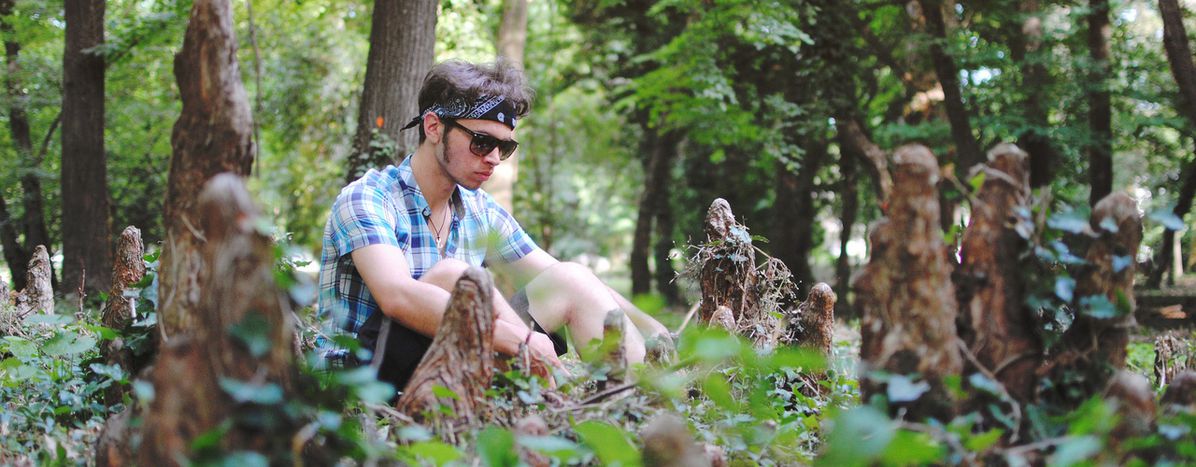
A Guide to Understanding COP21
Published on
Translation by:
Daniel STICKNEYThe UN Climate Change Conference, called COP21, gathers around 25,000 diplomats from around the world in Paris where, between Monday, November 30th and December 12th, they debate over an international strategy which the member states will adopt to slow down climate change. But, what is COP21 really? And how did it come to be?
Once upon a time...
Everything started in 1992 during the Earth Summit in Rio, during which the United Nations Framework Convention on Climate Change was signed. This document defined the international collaboration framework which had the objective to limit the emission of the greenhouse gases responsible for the hole in the ozone, and as a result, the intensification of the greenhouse effect. This convention represents a first step on the long road leading to the development of a global climate policy. Unfortunately, as is common during the first steps, a misstep is unavoidable.
While being innovative, the resolutions of the Earth Summit were simply recommendations by the signatories on the manner in which to implement these ideas during the future summits. In other words, the Convention didn't succeed in fixing limits of any sort on greenhouse gas emissions. It just underlined the need to set them.
This conference would have been the place to take the first steps, but the atmosphere just wasn't right. It is true that a series of subsequent protocols were approved which fixed greenhouse gas emissions limits, among which there was the most important, the Kyoto Treaty in 1997. However, these protocols did not oblige developing countries, including China and India, to set limits. The United States, the largest polluter, did not even bother to ratify these protocols. What was the result? The UN framework agreement was so terribly mishandled that it had to keep a low profile for the next 8 years.
The first meeting of the signatories (Conference of the Parties – COP) took place in 2005 during COP11 in Montreal, but no important decisions were made. COP12 in Nairobi in 2006 as well as COP13 in Bali in 2007 had similar results. It should be noted that during the Conference in Bali, the countries recognized their defeat, and decided that the participation of the largest economies in the world in the future negotiations would be critical. This decision also expressed the need to turn to appropriate technologies, but above all to provide economic help to the countries who didn't see themselves as capable of effectively fighting climate change.
Unfortunately, COP15 in Copenhagen in 2009, which was supposed to be the decisive conference concerning climate change, coincided with a major economic recession period, which lead again to a failure. This was a step in the right direction but at an inopportune moment.
What Is COP21? The 2 Minute Guide
Learning self-reliance
The next four years passed hoping to see the end of the recession and countries like the United States, China, and India finally understand that because of their late engagement, the world could be struck by a crisis much more serious than the one we are currently in. It is time for humans to take responsibility for climate change, as confirmed by the fourth evaluation report from the Intergovernmental Panel on Climate Change.
As a result, if the current trajectory is maintained and the average atmospheric temperature increases by 2ºC, the changes in the climate will become even more brutal: large expanses of land will suffer from desertification, and the seas and oceans will start to lack the necessary oxygen levels to sustain life. Such disruption suggests the possibility of famines and growing inequality in access to raw materials like land, wood, or water, which could cause massive population migrations or even wars.
During COP19 in Warsaw, Intended Nationally Determined Contributions – or CPDNs, were put in place, which was a prerequisite for COP21. This would allow the discussions in Paris to concentrate on coordinating the CPDNs at a global level and on the allotment of the financial funds fixed during the conferences. That suggested an 180 degree turn compared to previous summits. Let's hope that it goes in the right direction, but also at the right moment.
COP20 in Lima brought a change which was the participation of the United States and China in the negotiations, as well as each of them affirming their desire to limit their greenhouse gas emissions. It was at this precise moment that it was decided to change the way the global climate policy was handled. It was agreed that for COP21 all the countries should define their own action plan and commitments to limiting the effects of climate change.
Without trust, there is no cooperation
The importance of COP21 is found elsewhere. Developing countries could transition to renewable energies more efficiently and stop using coal if the planet's richest countries payed for this transition. This requires the good will of both parties: the rich countries should share their wealth and the poorest countries cannot waste the funds they are offered.
As a consequence, the Paris climate conference is more about a mutual trust challenge than an organizational one. If everyone played with their cards on the table, the objective of limiting the temperature increase to 2°C would be attainable. In the current situation, playing these political games could not only be a blunder, but also lead to a brutal decline in all of humanity.
Even if COP21 ends in failure on December 12th a lesson will have been learned: the politicians have finally understood that they cannot face climate change alone. Success will only be possible by actions undertaken at the global level and put in place, step by step, at the local level.
Translated from Krok po kroku do COP21



